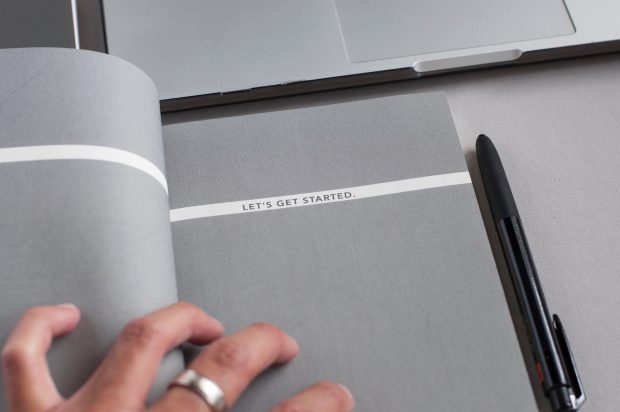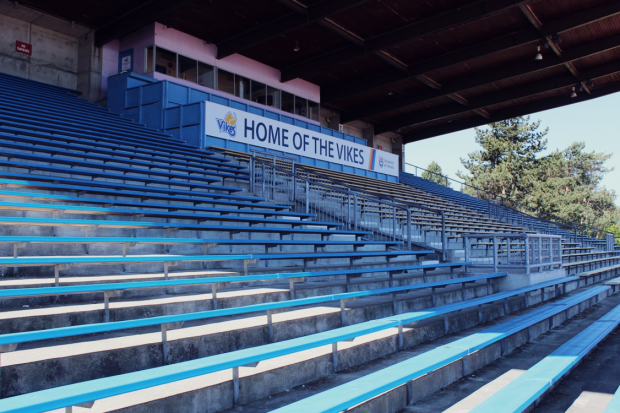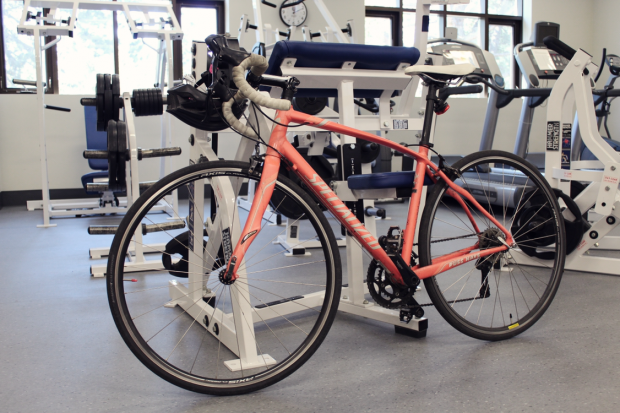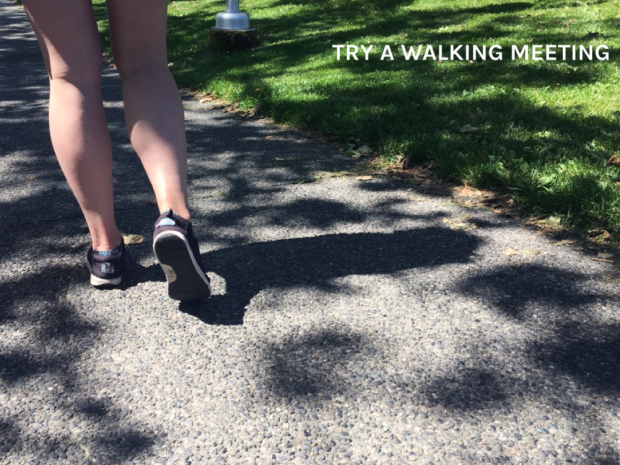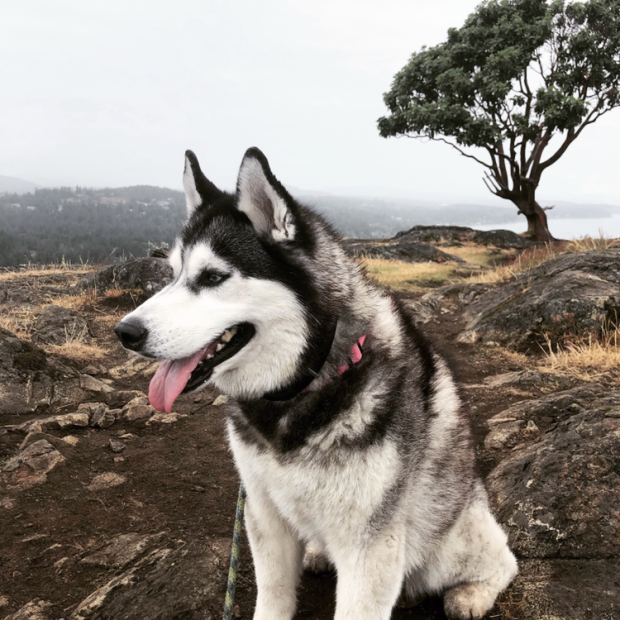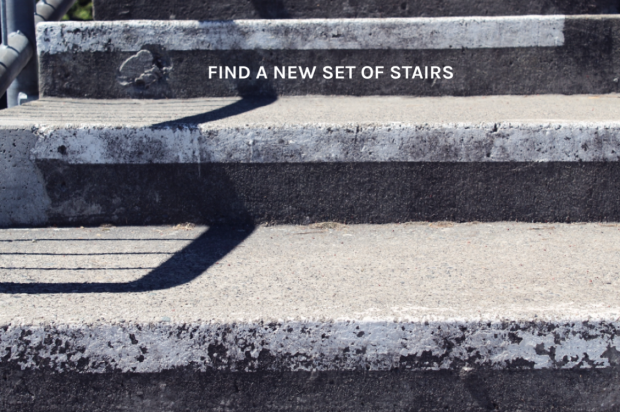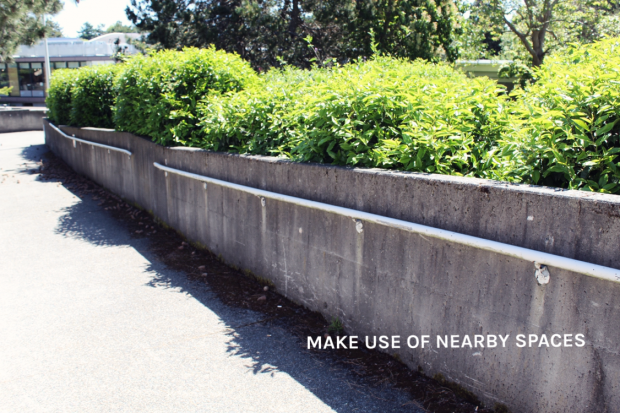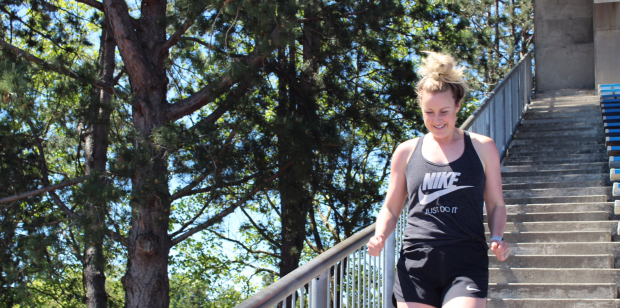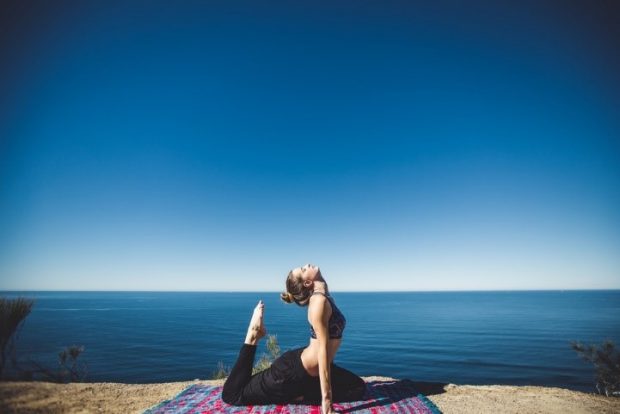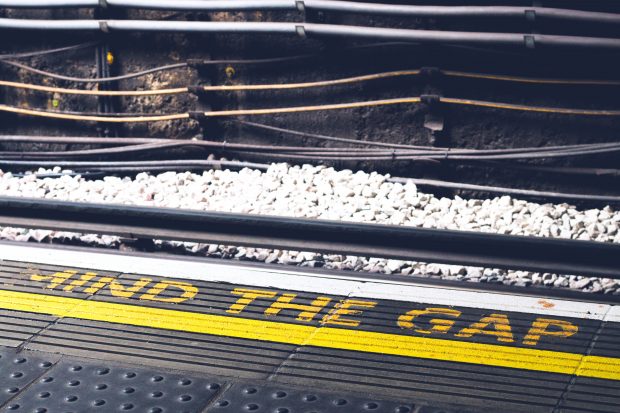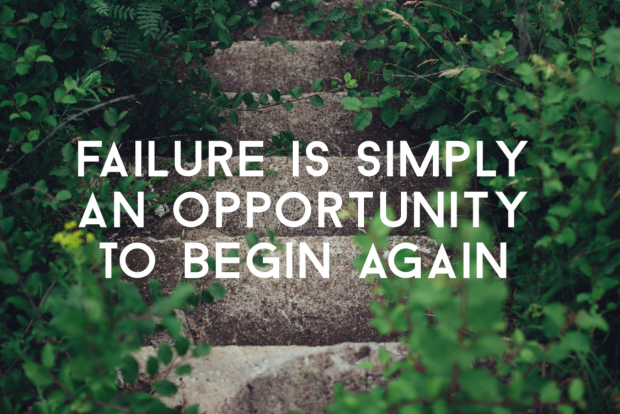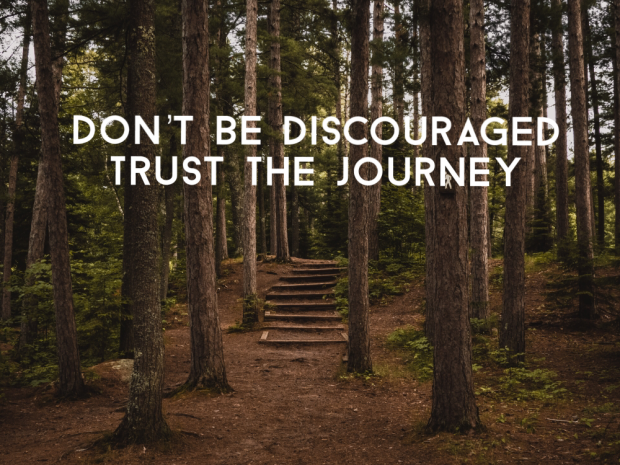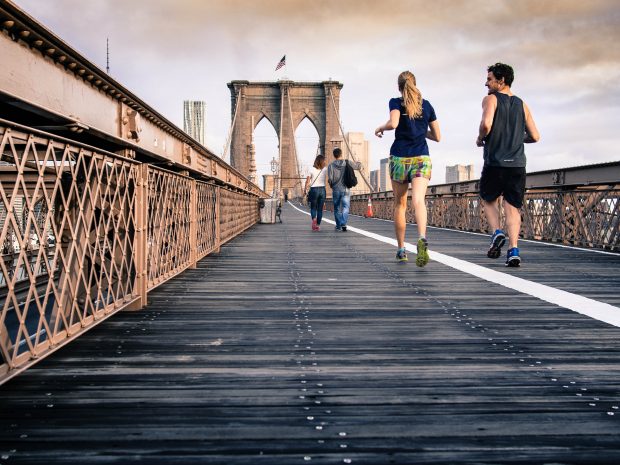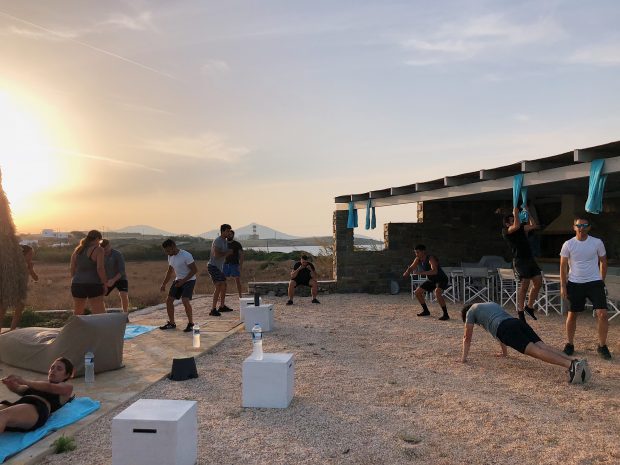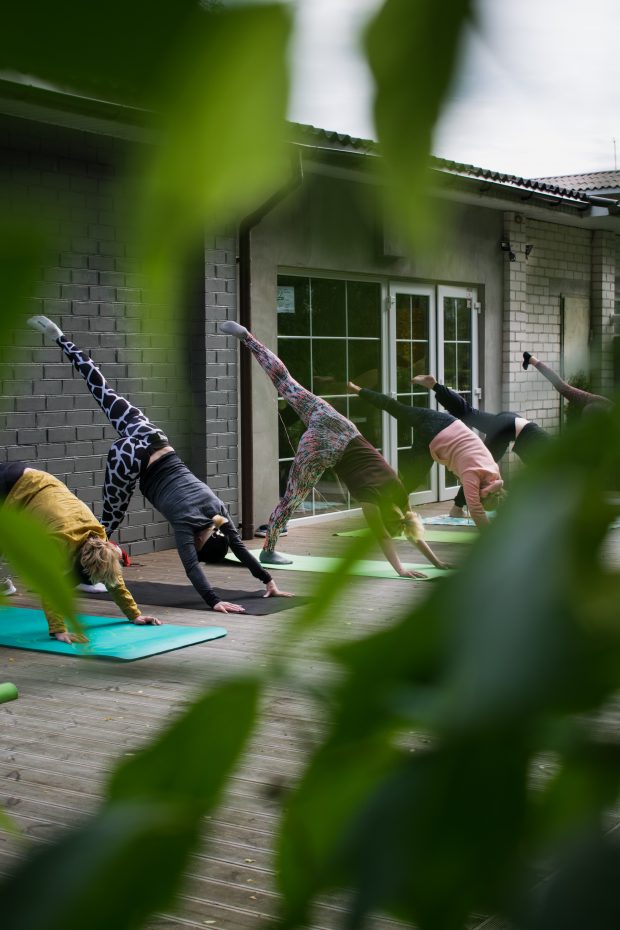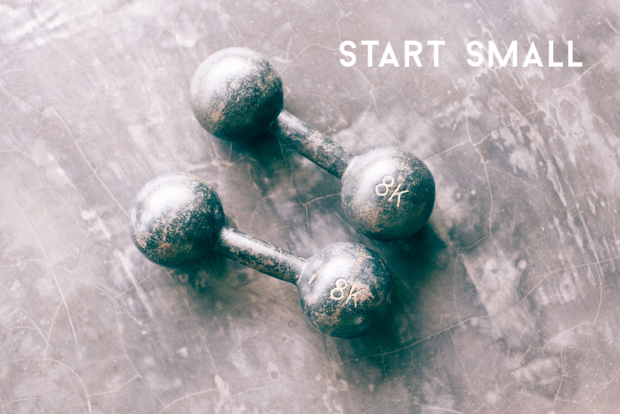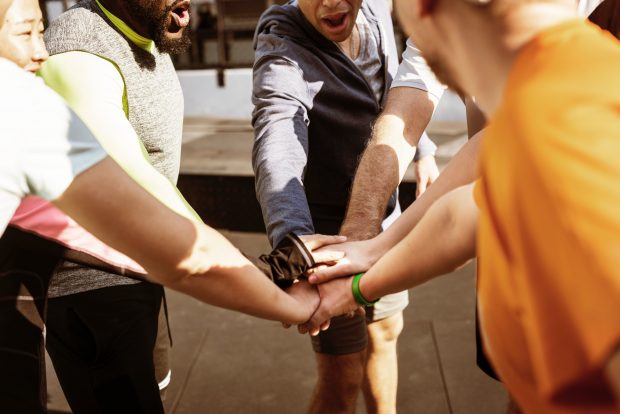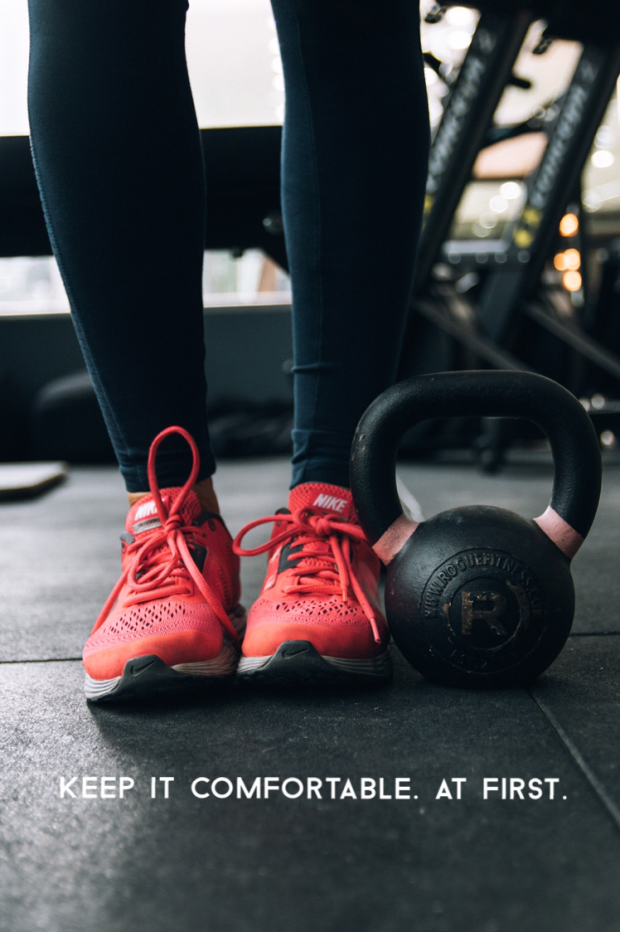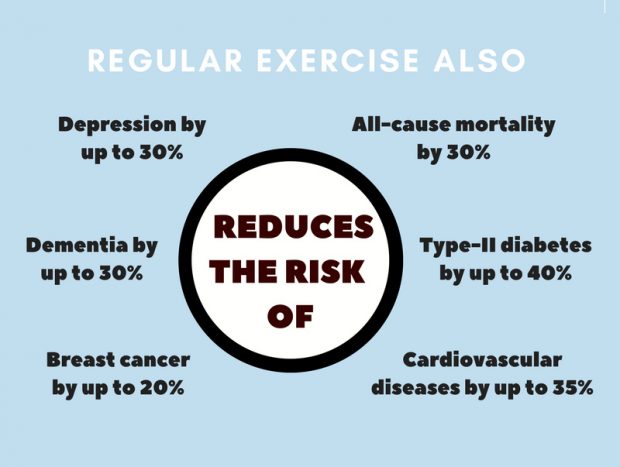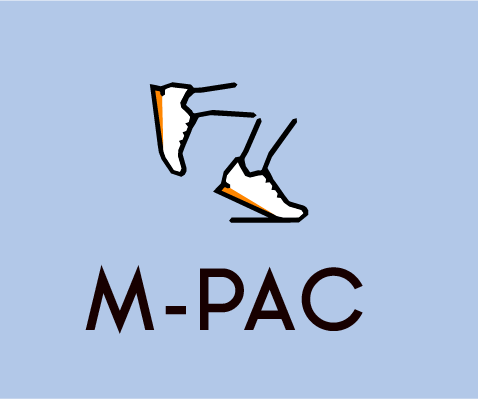Hey hard worker! If you’ve been following along on the M-PAC journey, you know that we’ve entered what we like to call the “endeavour” layer, which is all about doing the hard work to translate our intentions into behaviours. Ideally you’ve set a goal and now you want to start working towards that goal. One way to endeavour is to actively plan for how you will incorporate your target behaviour. Today we will get into the nitty-gritty about how to do so!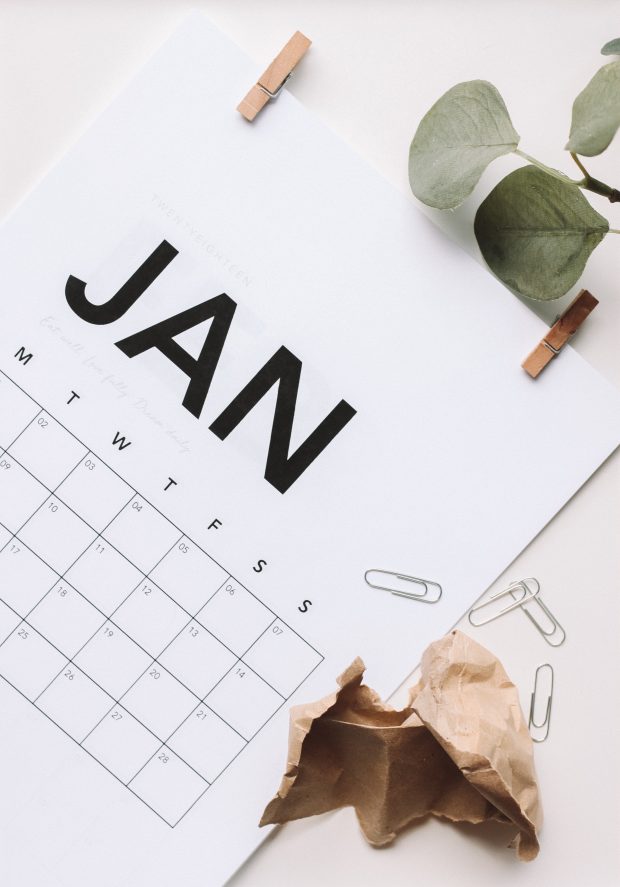
It is important to preface this week’s topic: people often have a love-hate relationship with planning. There are those who LOVE planning in all its forms and those who prefer to be more “spontaneous”. Fortunately, this post will actually be relevant for both types of people!
The thing is, although planning sounds obvious and perhaps a bit boring, it is EFFECTIVE. So although this isn’t a new and exciting strategy, it is something that really works in getting people more physically active. You see, we are all extremely busy in our own ways, and unless we plan for physical activity and really carve out the time for it in our hectic schedule, it’s just not going to happen. So get your calendars ready…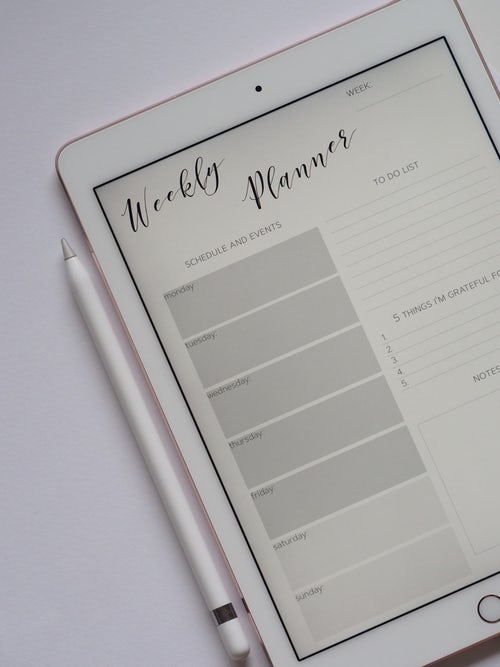
First thing is first, ensure you have a really solid goal for physical activity formed (check out this post for more details). Once you’ve developed a goal, find a form of planning that works for you. Perhaps you find the calendar on your smartphone most convenient, or maybe you have an awesome app. Maybe you prefer an old school paper planner or monthly calendar on the wall! The trick is to plan in the way that works best for you.
Okay now let’s get planning! Our first recommendation is to plan for the steps leading up to the actual behaviour. Stay with me – if for example your goal is to go for 3 weekly vigorous walks during your lunch break, you might need to pack a change of clothes and some toiletries to freshen up afterwards. Start by identifying which days you’ll need to pack these supplies and develop a system for doing so. For example your plan might be “on Monday through Wednesday I will pack my supplies in my backpack before leaving for work in the morning”.
Next, be sure to be really specific with your plans. For example, don’t come up with a vague plan to “go for a run this week”. Instead, think of when, where, and how you will go for your run as this type of planning has been shown to be effective in facilitating follow-through1. You’d be much better off to plan for a run with your bestie on Tuesday at 5pm on the trail near your home.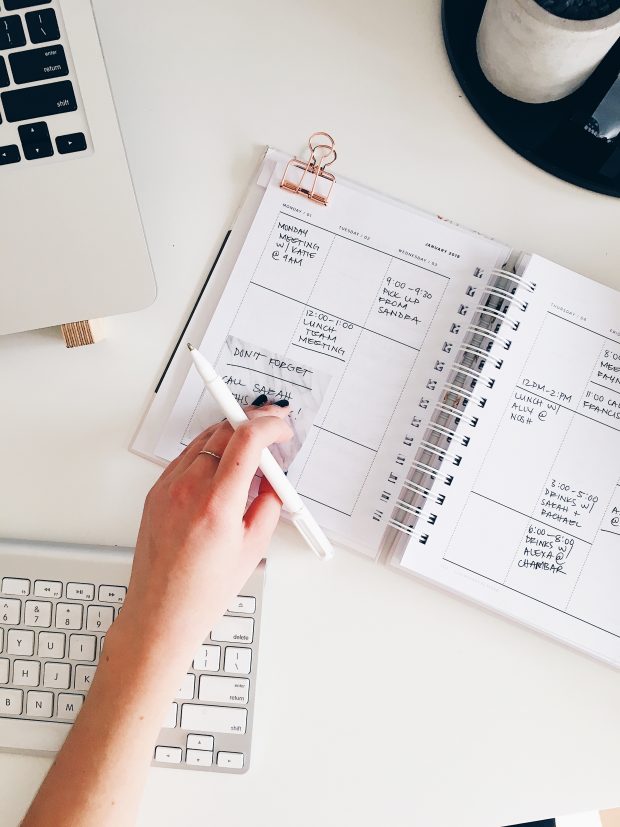
One useful strategy is to identify scenarios or cues that you can then link to physical activity2. By identifying a situation we encounter regularly and deciding how we can link it to physical activity we may be more likely to turn our intentions into actions. For example, you could say “if I just finished work, then I will put on my running shoes and go for a walk”.
Another important form of planning is to make contingencies for when you encounter barriers. In other words, in the face of expected difficulties, you’ll want to have back up plans on reserve to increase your chances of success. This process can be really simple. Take a few minutes to brainstorm challenges that could potentially thwart your physical activity and come up with a strategy to overcome each obstacle. For example, I know I often don’t feel like exercising after work because I’m hungry. Subsequently, my plan might look like “when I’m hungry after work I will buy a granola bar then go straight to the gym”.
The last hot tip is to make a reboot plan. Sometimes (actually lots of the time), despite great plans and the best of intentions, we fail. It is important to set aside time to reflect on all your planning efforts (outlined above) and recognize when things aren’t working. Perhaps an adjustment or re-set may be required. Setting a weekly or biweekly plan to check in on your goals and plans and make some tweaks might just be the ticket keeping you on track.
Planning is an on-going process, but to make you feel better about this prospect, we’ve relayed lots of tools to help you become a “master planner” (which we think is a pretty cool title). Stay tuned, as our next topic will help you reflect and assess on your progress towards your goals.
*References/Further Reading
- Carraro, N., & Gaudreau, P. (2013). Spontaneous and experimentally induced action planning and coping planning for physical activity: A meta-analysis. Psychology of Sport and Exercise, 14, 228-248.
- Hagger, M. S., Luszczynska, A., de Wit, J., Benyamini, Y., Burkert, S., Chamberland, P. E., . . . Gollwitzer, P. M. (2016). Implementation intention and planning interventions in Health Psychology: Recommendations from the Synergy Expert Group for research and practice. Psychology & health, 31, 814-839.
- Rhodes, R. E., Grant, S., & De Bruijn, G. J. (in press). Planning and Implementation Intention Interventions. In M. S. Hagger, L. D. Cameron, K. Hamilton, N. Hankonen & T. Lintunen (Eds.), Handbook of Behavior Change. New York, NY: Cambridge University Press.
- Schwarzer, R. (2016). Coping planning as an intervention component: A commentary. Psychology & health, 31, 903-906.
- Sniehotta, F. F., Schwarzer, R., Scholz, U., & Schuz, B. (2005). Action planning and coping planning for long-term lifestyle change: Theory and assessment. European Journal of Social Psychology, 35, 565-576.


